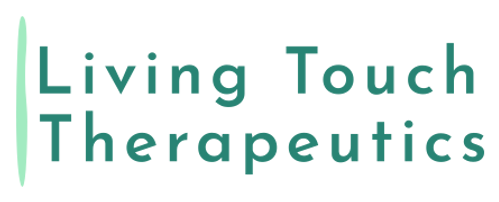Cossack Squat Exercise
- Benjamin Mishleau
- Feb 4
- 3 min read
Updated: Feb 20
The Cossack squat originates from the traditional movement patterns of Eastern European and Russian warriors, particularly the Cossacks, who were known for their agility, mobility, and strength. These skilled horsemen and fighters incorporated deep lateral squats into their training and daily life to enhance leg strength, flexibility, and combat readiness. Over time, this movement transitioned into modern strength and conditioning programs, particularly in weightlifting, martial arts, and functional fitness, due to its ability to improve hip mobility, knee stability, and overall lower-body strength. Today, it remains a fundamental exercise in mobility training, warm-up routines, and injury prevention programs, helping athletes and fitness enthusiasts develop unilateral strength and flexibility while improving overall movement mechanics.
Purpose: Improves hip flexibility, balance, and lateral movement. Unlike traditional squats, which focus on vertical movement, the Cossack squat emphasizes side-to-side motion, helping to develop unilateral leg strength and joint mobility.
Targeted Areas: Quadriceps, glutes, hamstrings, adductors
Instructions:
Stand with your feet wider than shoulder-width apart, toes slightly pointed outward. Keep your chest up and engage your core.
Shift your weight to one side and lower into a deep squat on that leg, keeping your opposite leg extended straight with the foot pointing upward or flat on the ground.
Try to sit as low as possible on the working leg while keeping your heel planted and your spine neutral.
Press through the heel of your bent leg to return to the standing position, then repeat on the other side.
Perform 8-10 reps for each leg for 2-3 sets.
Tips:
Keep your chest lifted and avoid rounding your back.
Do not let your knees cave inward—keep them aligned with your toes.
Modify by holding onto a weight or a support for added balance.
If flexibility is limited, perform shallower squats and progressively work on mobility.
Who Should Do Cossack Squats:
Athletes & Martial Artists – Those in sports requiring lateral movement, agility, and lower-body control (e.g., wrestlers, soccer players, martial artists) benefit from improved hip mobility and unilateral leg strength.
Weightlifters & Powerlifters – Helps improve hip mobility, knee stability, and ankle flexibility, which can enhance squat and deadlift performance.
Individuals Focused on Mobility & Flexibility – Those looking to increase range of motion in the hips, knees, and ankles can benefit from the Cossack squat as a dynamic mobility exercise.
Rehabilitation & Prehabilitation Patients – Can be useful for injury prevention and restoring balance if done correctly under supervision.
General Fitness Enthusiasts – Great for anyone wanting to develop leg strength, balance, and coordination while incorporating dynamic movement patterns.
Who Shouldn’t Do Cossack Squats:
People with Knee or Hip Injuries – The deep lateral squat position places significant stress on the knee and hip joints. Those with existing injuries, arthritis, or limited mobility should modify the movement or avoid it altogether.
Beginners with Poor Mobility or Balance – If you struggle with flexibility, stability, or range of motion, start with assisted variations (holding onto a support) or shallow depth squats before progressing to a full Cossack squat.
Individuals with Ankle Mobility Restrictions – If you have stiff ankles, maintaining proper squat depth and positioning may be difficult, increasing the risk of compensatory movements. Work on ankle mobility before attempting deep Cossack squats.
People with Lower Back Issues – Those with weak core stability or lower back pain may struggle to maintain proper posture, increasing the risk of discomfort or injury. Modifications such as holding onto support or performing partial reps can help.
If It Causes Pain: If in doubt, if it causes pain, don't do it.







Comments